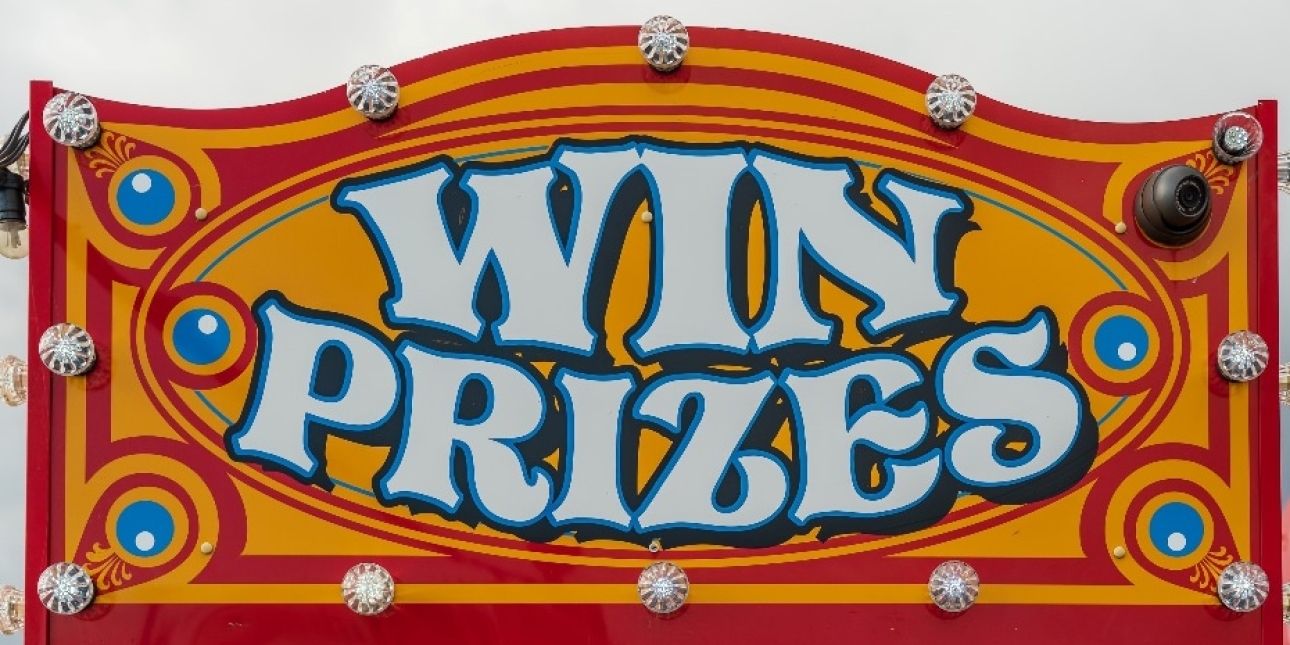PUBLIC RELATIONS
Tuesday 5th October 2021
Prize draws with an influencer: what you need to know
For brands, conducting a promotional activity like a prize draw in conjunction with an influencer can be extremely beneficial, but it’s vital to be aware of the potential pitfalls as well.
Prize draws are regulated by the Advertising Standards Authority (ASA), through the CAP Code, and central to the CAP Code is the figure of the promoter. If you’re a brand working with an influencer, you are the promoter, so you are responsible for making sure your prize draw is run fairly (if an influencer purchases their own prizes then they are the promoter, which was the case when Molly-Mae Hague fell foul of the ASA earlier this year).
Draw up clear Ts&Cs
When it comes to compliance with the CAP Code, being able to show you have terms and conditions is a good – indeed essential – start. These need to describe your promotion and explain the winner selection process. The full Ts&Cs must be no more than a click away and an abridged version with the ‘significant’ details should appear on the social post itself.
Simply saying you will conduct your promotion fairly is not enough, though. You need to be able to prove that you have done it fairly. It’s therefore a good idea to document that winner selection process, so you can demonstrate you adhered to your own rules.
This might mean carrying out the draw using a verifiable mechanism or an independent third party (by the way, this can’t be the influencer’s own agency). However, don’t select a winner, tell them that they’ve won, then review their entry and decide that in fact they haven’t fulfilled the T&Cs properly, which is what influencer Briley Powell recently did (the ASA upheld the subsequent complaint).
Make sure you deliver
When it comes to delivering the prizes, the onus is once again on you, the promoter, to make sure winners actually get them. A large proportion of complaints to the ASA are from winners who haven’t received their prizes, so for goodness’ sake send them tracked. Satisfied prize-winners are great advocates for your brand, but dissatisfied ones can create a far bigger buzz.
With social media promotions it’s also worth remembering that influencers are followed by fans from outside the UK. Different countries can have very different regulations for prize draws, so make sure you make any geographical entry restrictions clear through the Ts&Cs.
Avoid negative press
Only one person needs to make a complaint to the ASA in order to trigger an investigation and if the complaint is upheld details are published on the ASA’s website. When a high-profile influencer is involved, the media tends to be particularly keen to feature the case – google ‘Molly-Mae ASA ruling’ and you’ll see what I mean – which isn’t good for your reputation or consumer trust in general.
If all this sounds quite complicated, yes, it can be, so my advice is don’t complicate it further by asking entrants to complete multiple tasks or running one promotion across multiple platforms. The latter is allowed under the CAP Code, but you must be able to pull the data from all the platforms and prove that the draw was done fairly, without disadvantaging users of any particular platform.
Influencer-fronted prize draws can really produce results, as long as you understand the features of each platform and set up the entry mechanic correctly, but I do have one final piece of advice: make sure your role and responsibilities, and the role and responsibilities of your influencer partner, are clearly set down in a contract.
This will not only make the project run more smoothly, it will also help protect you in the (hopefully very unlikely) event of an ASA complaint.
Photo by Nick Fewings on Unsplash
